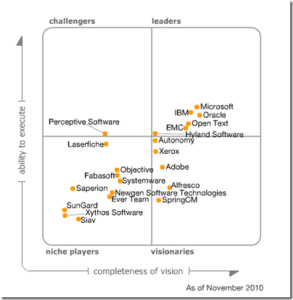The principal foundations of Google’s corporate strategy were always connected to diversification. Google accomplished its diversification strategy over a series of acquisitions, innovations as well as corporate entrepreneurship. Which subsequently empowered Google to extend its contributions and reduce its rivalry. Therefore, and as industry front-runners, Google utilized aggressive strategies that were reinforced by continuous innovation of its product lines, in addition to its growth into other businesses like mobile, blogging, news, phones, maps and health (Finkle, 2012).
Furthermore, Google supplied internet users with the top significant search results on as many subjects and themes as possible. This comprised outsourcing attempts of international professionals and penetrating new markets through delivering its services and range of products in foreign languages. Moreover, Google’s strategy on the business level was as well a comprehensive recognition strategy, since it presented characteristics that were not available by other search engines, such as translating from one language into another, while still providing the most relevant search results (Finkle, 2012).
From the management end, Google’s organization model was close to other companies in the high technology domain. Google acquired many of the buildings surrounding its main head office. The location, culture, and make-up of the company were very close to that of a university or college. It was not exceptional to see many personal activities undertaken in the campus, like cycling, or playing basketball. And according to the former CEO who said in an interview few years back: “I looked at Google as an extension of graduate school; similar kinds of people, similar kinds of crazy behavior, but people who were incredibly smart and who were highly motivated and had a sense of change, a sense of optimism” (Schmidt, 2009).
The organization structure along with the associated management attitude is another evidence of Google’s policy of entrepreneurial innovation. Externally, Google is structured and managed like many other companies. It has several domains and group, with having its own dedicated hierarchy of leads, managers and directors. Nevertheless, the secret recipe for success is in its very flat management hierarchy, that has continuously tried to retain the proportion of staff to managers as high as possible. Therefore, it is not uncommon for 40 personnel to fall directly under the supervision of one executive or manager. Another distinguished characteristic of Google’s culture, is originated from its fundamental principles from the famous 20 percent time policy, which permits engineers to spend nearly a day every week following projects outside their prime zone of accountability. The maximum imperative thing about 20 percent time is not how much employees are allowed to utilize on side projects, as much as that the company inspires them to think and be innovative (Copeland and Savoia, 2011).
References:
Copeland, P., and Savoia, A., (2011), ‘Entrepreneurial innovation at Google‘. Available online from: https://static.googleusercontent.com/media/research.google.com/en//pubs/archive/41469.pdf. [Accessed on November 20th 2016].
Finkle, T.A., (2012), ‘Corporate Entrepreneurship and Innovation in Silicon Valley: The Case of Google, Inc.‘, Entrepreneurship: Theory & Practice, 36, 4, pp. 863-884, Business Source Complete, EBSCOhost. Available online from: http://eds.a.ebscohost.com.liverpool.idm.oclc.org/eds/pdfviewer/pdfviewer?sid=57893a60-6fc8-4a59-8eaf-a1364cccd309%40sessionmgr4006&vid=1&hid=4210. [Accessed on November 20th 2016].
Schmidt, E., (2009), ‘Inside the mind of google‘. CNBC Interview. Available at http://www.youtube.com/watch?v=u02h9LYYmuc. [Accessed on November 20th 2016].



